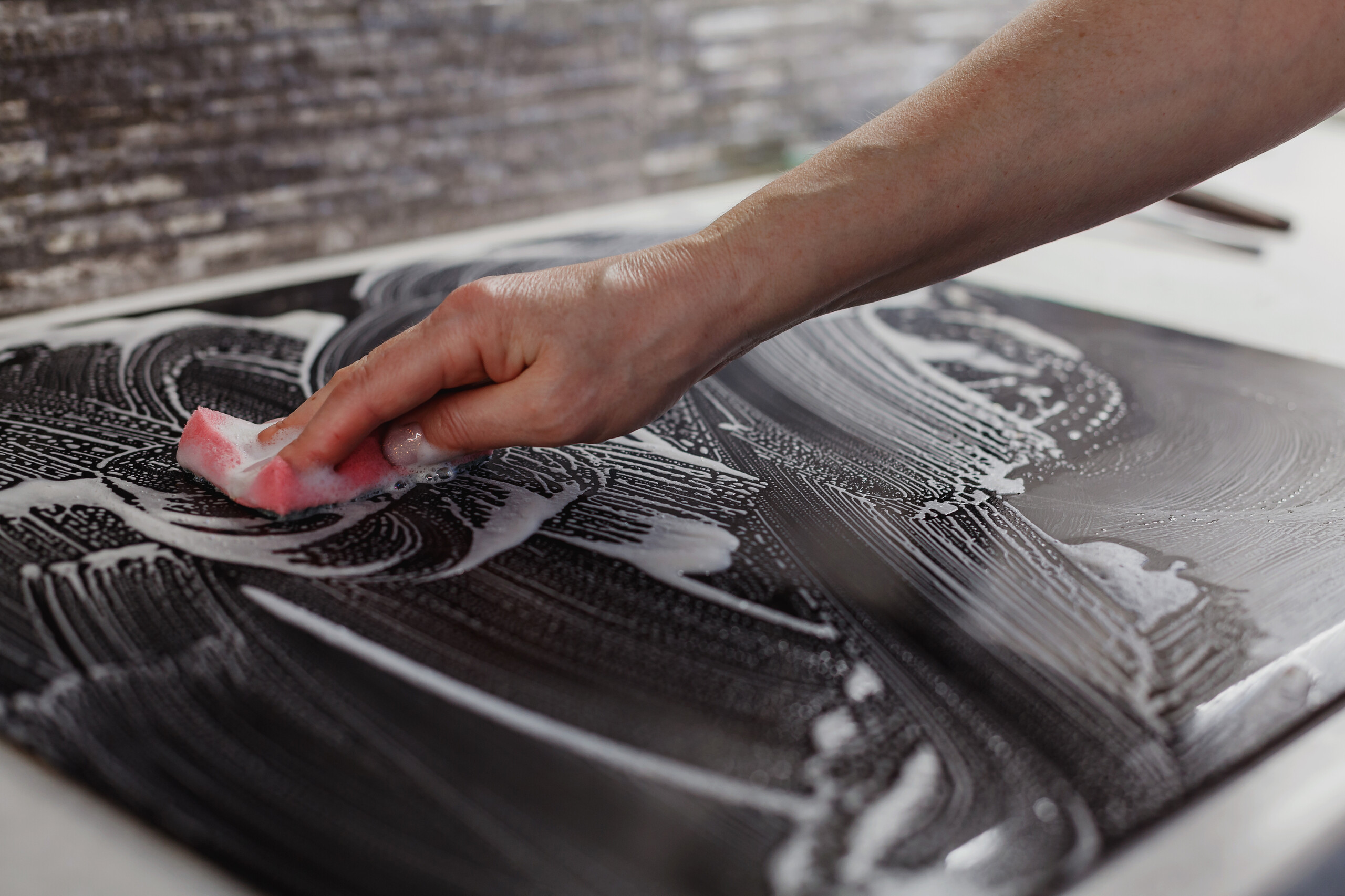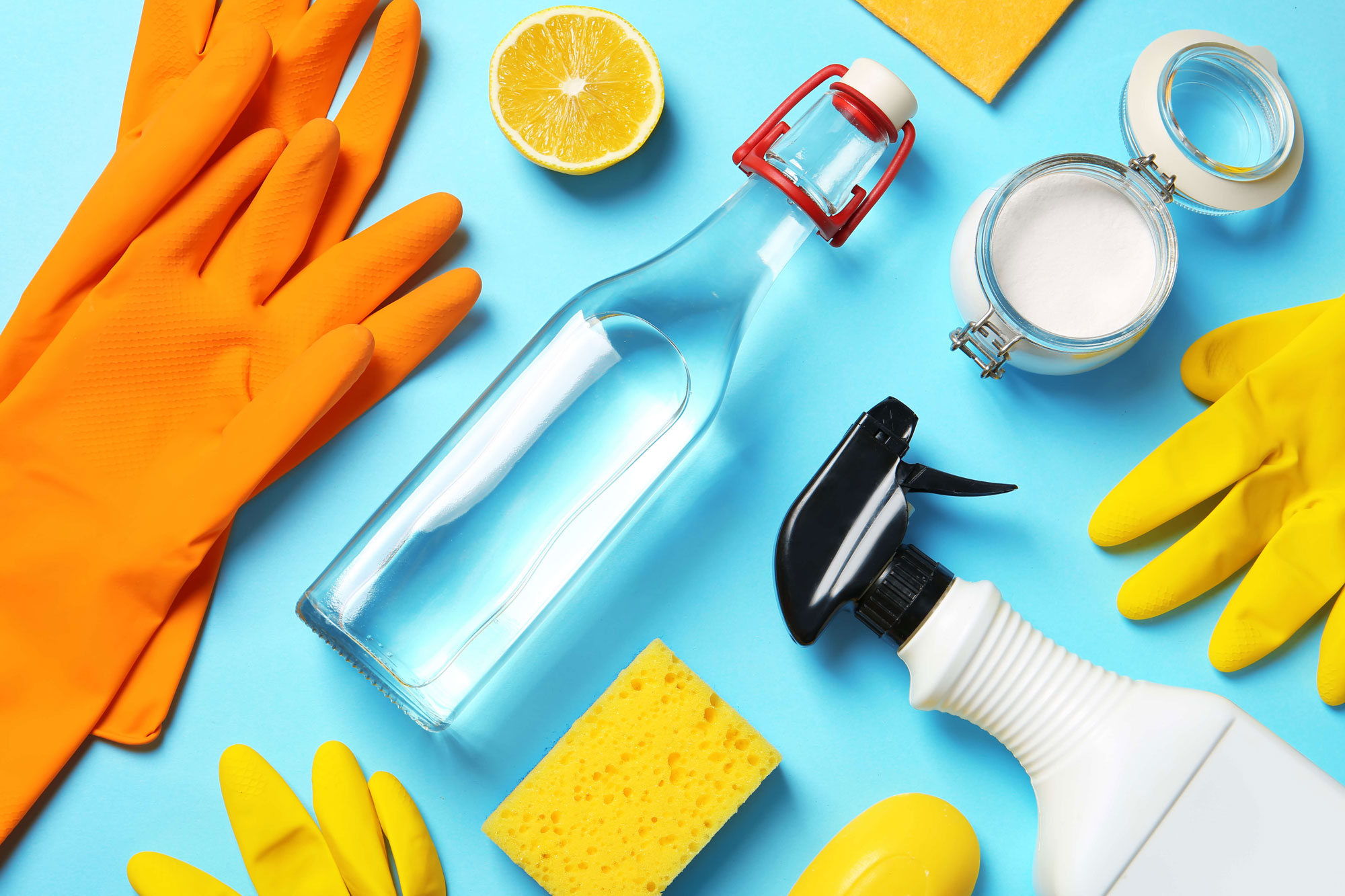hi&i cleaning
The HI&I (Household, Industrial, and Institutional) cleaning industry encompasses a diverse range of products tailored for cleaning applications across residential, business, and public sectors. Products vary from common household cleaners like detergents and disinfectants to heavy-duty industrial degreasers and institutional sanitizers designed for large-scale environments such as schools and hospitals. Each category is formulated to meet specific needs, such as skin-sensitive household cleaners or robust industrial solutions capable of tackling tough residues. In institutional settings, products are often optimized for efficiency and include specialized formulations for maintaining sanitary conditions crucial in healthcare and food service areas.
Market trends in the HI&I cleaning sector reflect a growing demand for eco-friendly and biodegradable products, spurred by increased environmental awareness and regulatory standards aiming to reduce ecological impact. As consumer expectations lean increasingly towards products that combine performance with safety and convenience, the HI&I cleaning industry continues to evolve, adapting to these demands while ensuring public health and safety in various environments.

Surfactants are essential components in the HI&I (Household, Industrial, and Institutional) cleaning industry, thanks to their ability to reduce surface tension and enhance cleaning efficiency. These surface-active agents are integral in various cleaning products, including household detergents for laundry and dishes, industrial cleaners for heavy machinery, and institutional sanitizers for environments like hospitals and schools. By surrounding and breaking up dirt particles, surfactants enable the cleaning solution to penetrate grime more effectively, facilitating easier removal of oils, grease, and stubborn residues. In household settings, they help emulsify greasy substances and ensure dirt is suspended and rinsed away, while in industrial applications, they are formulated to handle tougher soils without damaging equipment.
The selection of surfactants in cleaning formulations considers the nature of the soil, the surfaces to be cleaned, and compliance with environmental and health safety standards. They vary in type—such as anionic, nonionic, cationic, and amphoteric—each suited to different cleaning conditions and requirements. For example, anionic surfactants are known for their robust cleaning capabilities, whereas nonionic types are preferred in applications where low foam is beneficial. With growing environmental awareness, there is a marked shift towards using biodegradable and renewable surfactants.
non-ionic surfactants
- Jarfactant™ 6206 is a non-ionic surfactant recognized for its eco-friendly profile and excellent biodegradability, making it a popular choice in the formulation of sustainable home care products.


